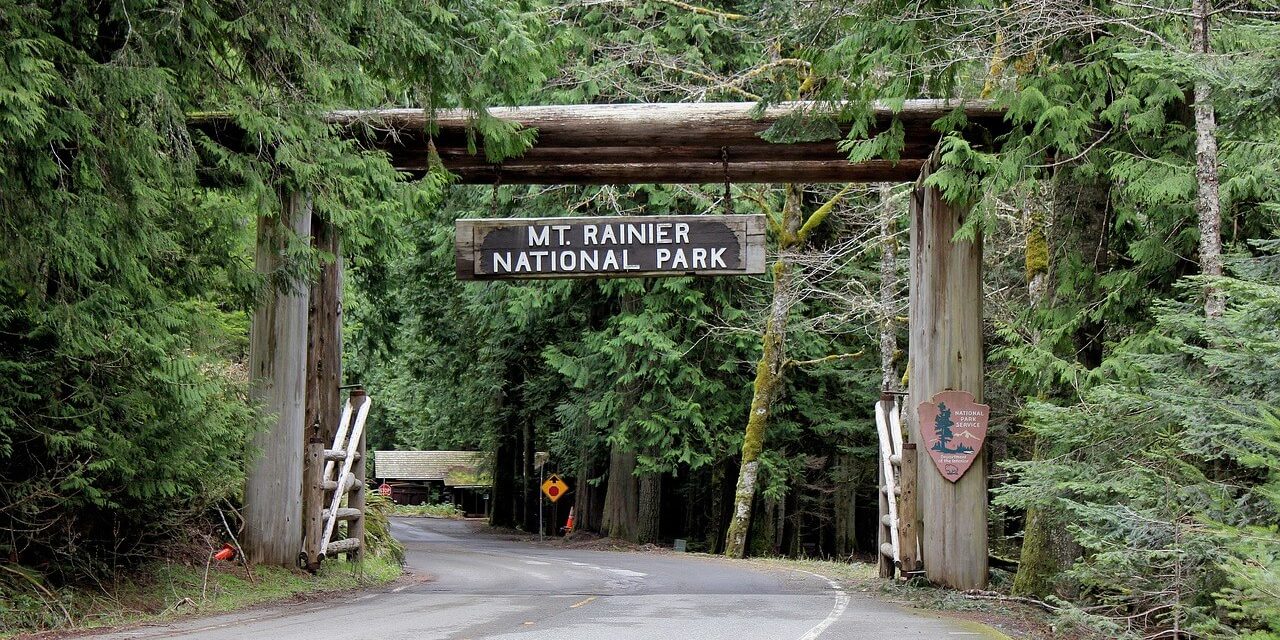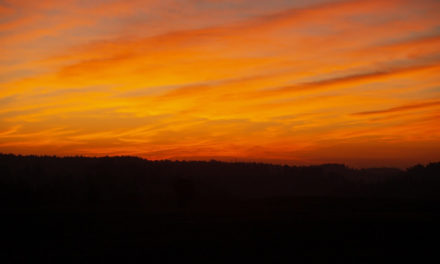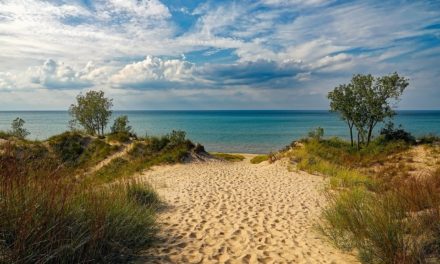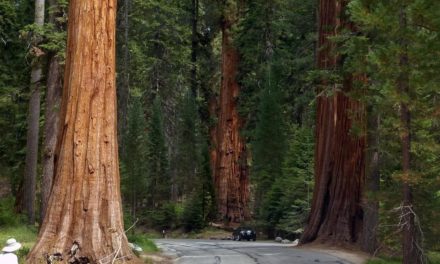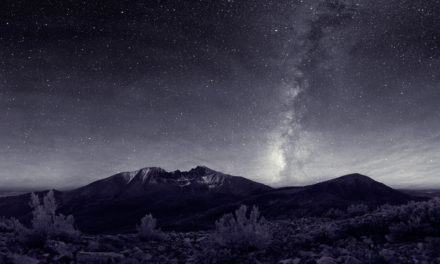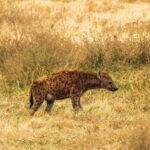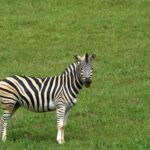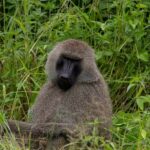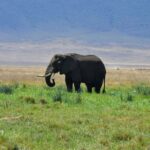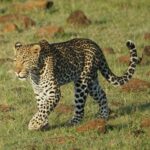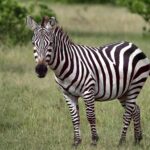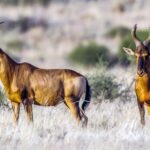Table of Contents
Overview / About
Mount Rainier National Park, located in Washington State, is dominated by the majestic Mount Rainier a 14,410-foot (4,392 m) active stratovolcano and the tallest peak in the Cascade Range. Established in 1899, it is one of America’s oldest national parks and a symbol of the Pacific Northwest’s wild beauty.
Spanning over 236,000 acres, the park features alpine meadows, ancient forests, cascading waterfalls, and more than 25 glaciers, the most on any mountain in the contiguous U.S. The landscape changes dramatically with elevation, offering everything from subalpine wildflower fields to icy summits.
Mount Rainier’s ever-changing weather and striking presence make it both a challenging wilderness and a sanctuary for exploration and reflection.
Wildlife & Nature
The park’s diverse ecosystems host an impressive range of wildlife and plant life, thriving across its varied elevations.
Key Wildlife:
- Black bears, Roosevelt elk, mountain goats, marmots, pikas, and cougars.
- Bird species include gray jays, Steller’s jays, American dippers, and Clark’s nutcrackers.
- In summer, vibrant butterflies and hummingbirds fill the alpine meadows.
Flora:
- Lower slopes feature old-growth forests of Douglas fir, western red cedar, and hemlock.
- The Paradise and Sunrise regions burst into color each summer with wildflowers like lupine, paintbrush, and pasqueflower.
Geology & Glaciers:
- The mountain supports 25 major glaciers, including Carbon Glacier (the largest by volume in the U.S.) and Emmons Glacier (the largest by area).
- Volcanic rocks and glacial valleys tell stories of millions of years of geologic activity.
Experiences & Activities
Mount Rainier offers a full spectrum of outdoor adventures for all seasons.
Hiking & Nature Trails:
- Skyline Trail (Paradise): Stunning views of glaciers, waterfalls, and wildflowers.
- Naches Peak Loop: Gentle alpine trail with views of the mountain reflected in tarns.
- Grove of the Patriarchs: Walk among ancient 1,000-year-old trees along the Ohanapecosh River.
- Spray Park Trail: A summer favorite for meadows and mountain vistas.
Mountaineering & Climbing:
- A major destination for experienced climbers, with over 10,000 summit attempts each year.
- The Disappointment Cleaver and Emmons Glacier routes are most popular.
Winter Activities:
- Snowshoeing, cross-country skiing, and sledding are popular at Paradise.
- Ranger-led snowshoe walks operate in winter months.
Other Highlights:
- Waterfalls: Narada Falls and Christine Falls offer easy-access viewpoints.
- Scenic Drives: The Sunrise Road and Paradise Road provide spectacular overlooks and picnic spots.
Best Time to Visit
- Summer (July–September): Best for hiking, wildflowers, and clear mountain views.
- Spring (May–June): Snow begins melting, waterfalls are at their peak.
- Fall (October): Crisp air and colorful foliage.
- Winter (November–April): Great for snow activities, though some roads and areas close.
Tip: Weather changes rapidly; even in summer, carry layers and rain gear.
How to Reach & Park Entry
- Location: About 85 miles (137 km) southeast of Seattle, Washington.
- Nearest Airports: Seattle–Tacoma International Airport (SEA).
- By Car:
- Nisqually Entrance (southwest): Main year-round access via SR 706 from Ashford.
- White River Entrance (northeast): For the Sunrise area (seasonal).
- Stevens Canyon & Carbon River Entrances: Offer scenic drives and less-crowded areas.
- Entry Fee:
- Private vehicle: $30 (valid for 7 days)
- Motorcycle: $25
- Individual (on foot or bicycle): $15
- Annual Mount Rainier Pass: $55
- Purchase passes online or at park entrances.
Where to Stay / Camping Options
Lodges & Cabins:
- National Park Inn (Longmire): Historic lodge open year-round.
- Paradise Inn: Iconic mountain lodge (seasonal, typically May–October).
Campgrounds:
- Cougar Rock Campground: Near Paradise, great for families and day hikes.
- Ohanapecosh Campground: Forested area with river access and hot springs nearby.
- White River Campground: Closest to Sunrise, open in summer.
Backcountry Camping:
- Wilderness permits required for overnight treks like the
- Wonderland Trail (93-mile loop around the mountain).
- Nearby towns like Ashford and Enumclaw offer additional cabins, lodges, and dining options.
Travel Tips / Safety Notes
- Always check weather and trail conditions before hiking.
- Carry layers, even in summer temperatures can drop quickly.
- Respect wildlife and keep a safe distance.
- Be cautious near glaciers, cliffs, and streams.
- Cell service is limited carry maps and navigation tools.
- Permits are required for backcountry camping and climbing.
- Arrive early to avoid crowds, especially at Paradise and Sunrise.
Packing List
- Sturdy hiking boots
- Layered clothing and rain jacket
- Hat, gloves, and sunglasses
- Water bottle or hydration pack
- Trekking poles (optional but useful)
- Camera or binoculars
- Trail snacks and packed lunch
- Map or offline GPS
- Sunscreen and insect repellent
Visitor Statistics
Mount Rainier National Park welcomes about 1.5 to 2 million visitors annually. Summer is the busiest season, with most visitors heading to the Paradise and Sunrise areas for wildflowers and panoramic mountain views.
Conservation & Responsible Tourism
Mount Rainier’s glaciers are retreating due to climate change, and the park works actively to monitor water flow, wildlife, and vegetation changes. Preservation efforts focus on reducing human impact and maintaining the fragile alpine environment.
Visitors can contribute by:
- Staying on marked trails to protect delicate meadows.
- Packing out all trash.
- Avoiding feeding wildlife.
- Using refillable water bottles and minimizing plastic.
- Supporting ranger-led education programs and local conservation initiatives.
- Mount Rainier National Park stands as both a wild sanctuary and a living classroom, where nature’s power and fragility are visible in every cloud, stream, and glacier-carved valley.

